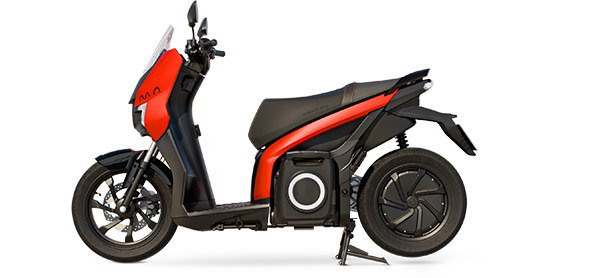The legal bit.
The EU established a period during which all legal and technical changes are to be applied. The WLTP 1st Act was created to start introducing these changes.
Now, the next step toward consolidating the WLTP in Europe is the WLTP 2nd Act, which amends the Directive 2007/46/EC of the European Parliament and Commission Regulation (EC) 692/2008 and Commission Regulation (EU) 2017/1151 of the Council.
The WLTP 2nd Act takes effect on 01.01.19 for new types of vehicles and on 01.09.2019 for all vehicles. It includes regulation on new technical concepts and updates for the test, such as Real Driving Emissions (RDE), Evaporation Test (EVAP), In Service Conformity (ISC) and Fuel Consumption Monitoring (FCM), which are all explained in this document, as well as other relevant information about what WLTP involves.














